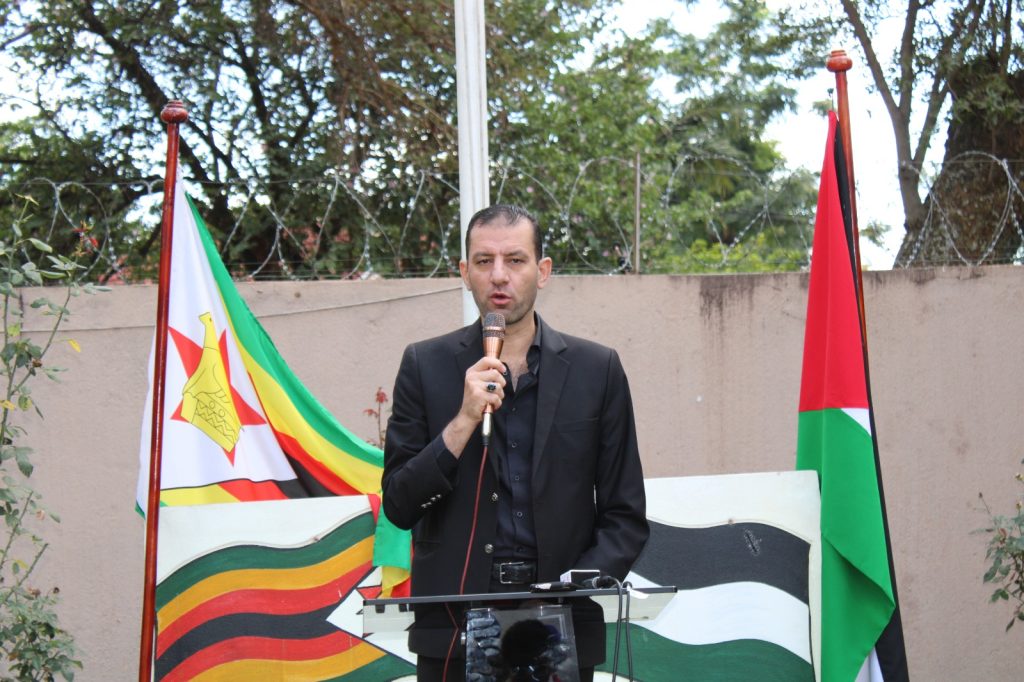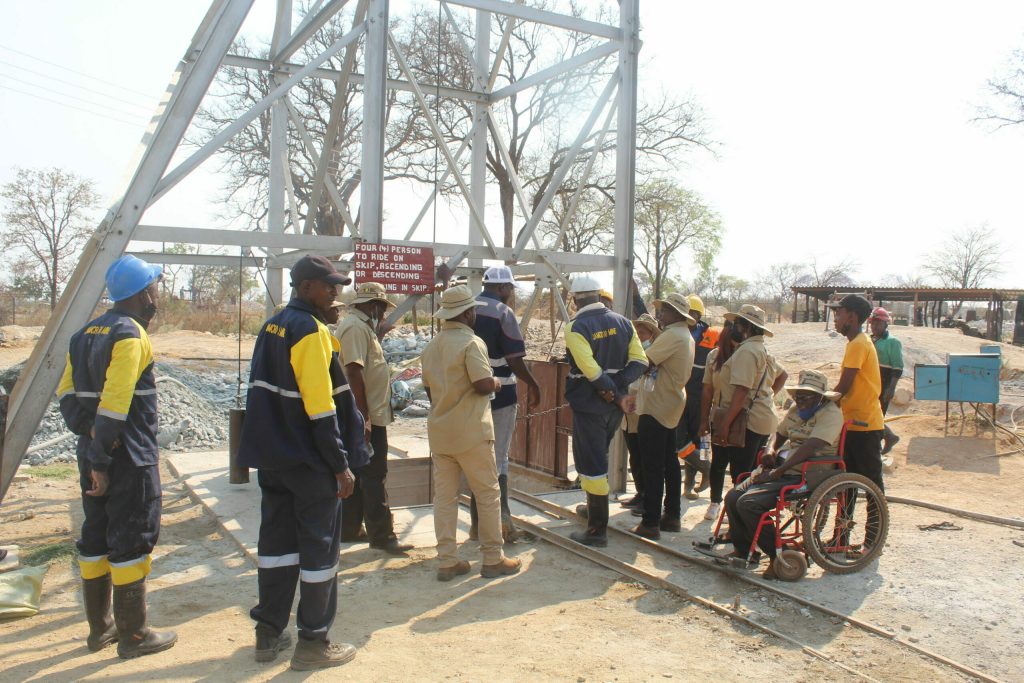DT Correspondent
The Zimbabwe Safety Health and Environment Council (ZIMSHEC) plans to establish mining rescue teams across the country, starting with fresh-air and followed by proto-teams teams in each mining province.
These teams will be equipped and trained to respond effectively to mining disasters in a timely manner as the federation moves to enhance safety measures within the artisanal and small-scale mining sector.
In an interview with Digital Telegraph on the sidelines of the Zimbabwe Miners Federation’s 20th anniversary meeting held in Harare on Friday, ZIMSHEC director who is also ZMF Midlands Province chairperson Mr Makumba Nyenje said the organization puts the safety of miners on top and is geared to ensure that miners are safe from any disaster.
He said, ZIMSHEC has been training the Artisanal and Small Scale Miners (ASM) in first aid and other safety precaution measures as a way of making sure accidents do not result in fatalities.
Nyenje said zero harm and zero Lost Time Injury (LTI) was possible in the ASM if all miners were to join ZMF.
“What we are doing as ZIMSHEC is to ensure that safety training is mandatory and that every province has at least a fresh-air team for rescue and we are looking forward also to having proto-teams in every province.
“We have many miners under us and funding such initiatives would not be difficult because we have organisations like Zela who can come to our rescue,” Nyenje said.
Speaking at the Mine Rescue Association of Zimbabwe (MRAZ) National Rescue Competitions held at Mimosa Mine in Zvishavane last month Ministry of Mines and Mining Development Principal Inspector Mines and Explosives Shepherd Dhliwayo said at least one miner died every week on average for the past 5 years with 83 percent.
Most cases, he said are of miners who do not belong to any organisation.
Added Dhliwayo, “It was of uttermost importance for ZMF to establish and enlist provincial rescue teams that can participate at the MRAZ national competitions and regional exercises to ensure that the ASM understands the importance of safety.
“Our statistics are showing that one miner dies every week on an average over the past five years, 185 killed over the last year of 2022 indicates a persistent trend.
“These statistics indicate that the majority of these accidents (83 percent) are occurring in the in the non-chamber affiliated mines category, that is to say mostly in the artisanal and small scale mining sector”
Dhliwayo said the accidents happening in the mining industry are unexpected as safety should be treated as a top priority by the entire workforce.
“These figures are unacceptable with expecting of a vision of establishing a zero accident potential for all miners of Zimbabwe. Mine Safety must be treated as a top priority by the entire workforce.
“The Chief Mining Engineer’s office and other relevant stakeholders have successfully lobbied for S.I 14 of 2023 criminal law codification, a very deterrent penalty system to make compliance a better option. We must not allow a situation where occurrences of mine accidents take one life and cause loss of millions of dollars,” Dhliwayo said.





